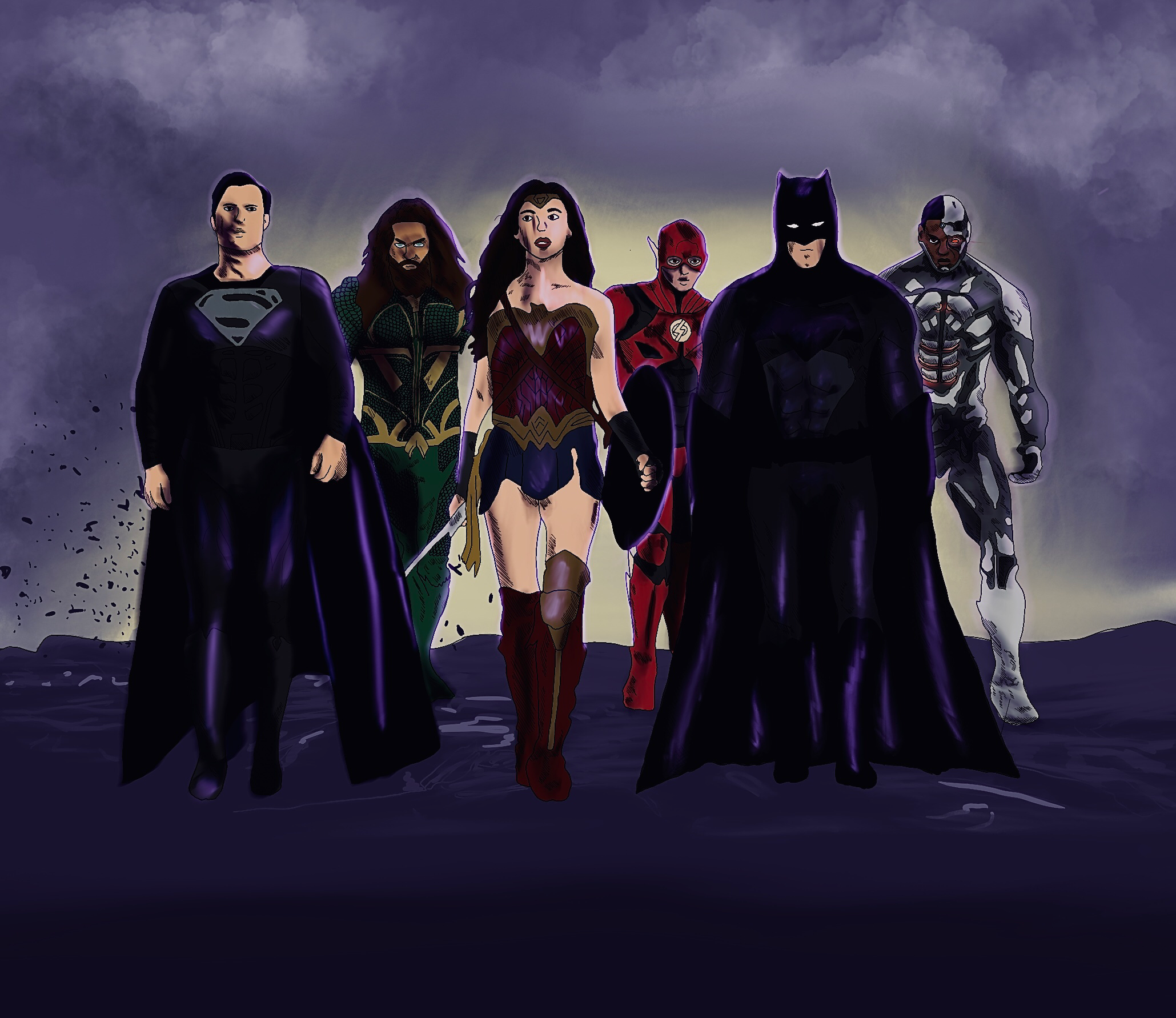
“Zack Snyder’s Justice League” is now available for streaming on HBO Max, and many viewers are confused as to what the film is, especially when compared to its 2017 counterpart. In 2016, when the new “Justice League” film was in development, Zack Snyder crafted the DC universe into a cohesive superhero adaptation with dark, gritty undertones that paid homage to the comic book source material.
As pre-production neared for the original “Justice League” film, Zack Snyder had already directed and worked on “Man of Steel,” “Batman vs. Superman” and “Wonder Woman.” This allowed him to craft a complex storyline interwoven into each film, forming a cinematic universe. A technique that studios such as Marvel have perfected in the past.
During the 2017 “Justice League” post-production, Zack Snyder had to drop out of the project to deal with severe family trauma. This prompted the studio to hire director Joss Whedon to finish the film.
Joss Whedon has previously directed movies such as “Avengers: Age of Ultron.” That film grossed over a billion dollars for Marvel Studios, giving him creative liberty over “Justice League” after Snyder dropped out.
After the 2017 theatrical release of “Justice League,” many fans were left unhappy with the film and the DC cinematic universe as a whole. This sparked a mass cult following of fans to get behind the release of Zack Snyder’s version of the film. A campaign that went on for almost three years, ending in the release of “Zack Snyder’s Justice League.”
“Zack Snyder’s Justice League” has a run time of four hours and two minutes, making it one of the longest movies in cinematic history. This is partially due to the film being a director’s cut, allowing Snyder’s vision to be fully realized without significant editing configurations.
The film is broken into six parts and provides viewers with an authentic look into each character’s lives and background. “Zack Snyder’s Justice League” specifically adds more screen time for the metahuman Cyborg.
Joss Whedon’s version of the film is notoriously known for cutting scenes from actors of color, specifically with the character Cyborg, who turns out to have one of the most important storylines throughout the film.
Instead of focusing on the blockbuster aspect of an action film, Snyder steered away from studio executive precautions and concentrated on real creativity and relationship-building.
The bond that Cyborg shares with his father is sure to bring audience members to tears. His character is fully executed in the Snyder Cut and provides audiences with a bridge into the emotional truth his character revels in during his journey to heal his family dynamic while also saving the world.
“Zack Snyder’s Justice League” is a bombastic approach to a superhero character study that focuses on impassioned parallels between its storyline and characters. The film often sets up ostensibly meaningful relationships and manages to follow through with them while seamlessly relating to the action at large.
I hope that more action movies will take an artistic approach at relaying each of their character arcs in the near future. Too often now, we see major blockbuster films rely on heavy usage of CGI and action-based plot points. Movies like “Zack Snyder’s Justice League” will hopefully start to turn the table towards more artisan pathways.
